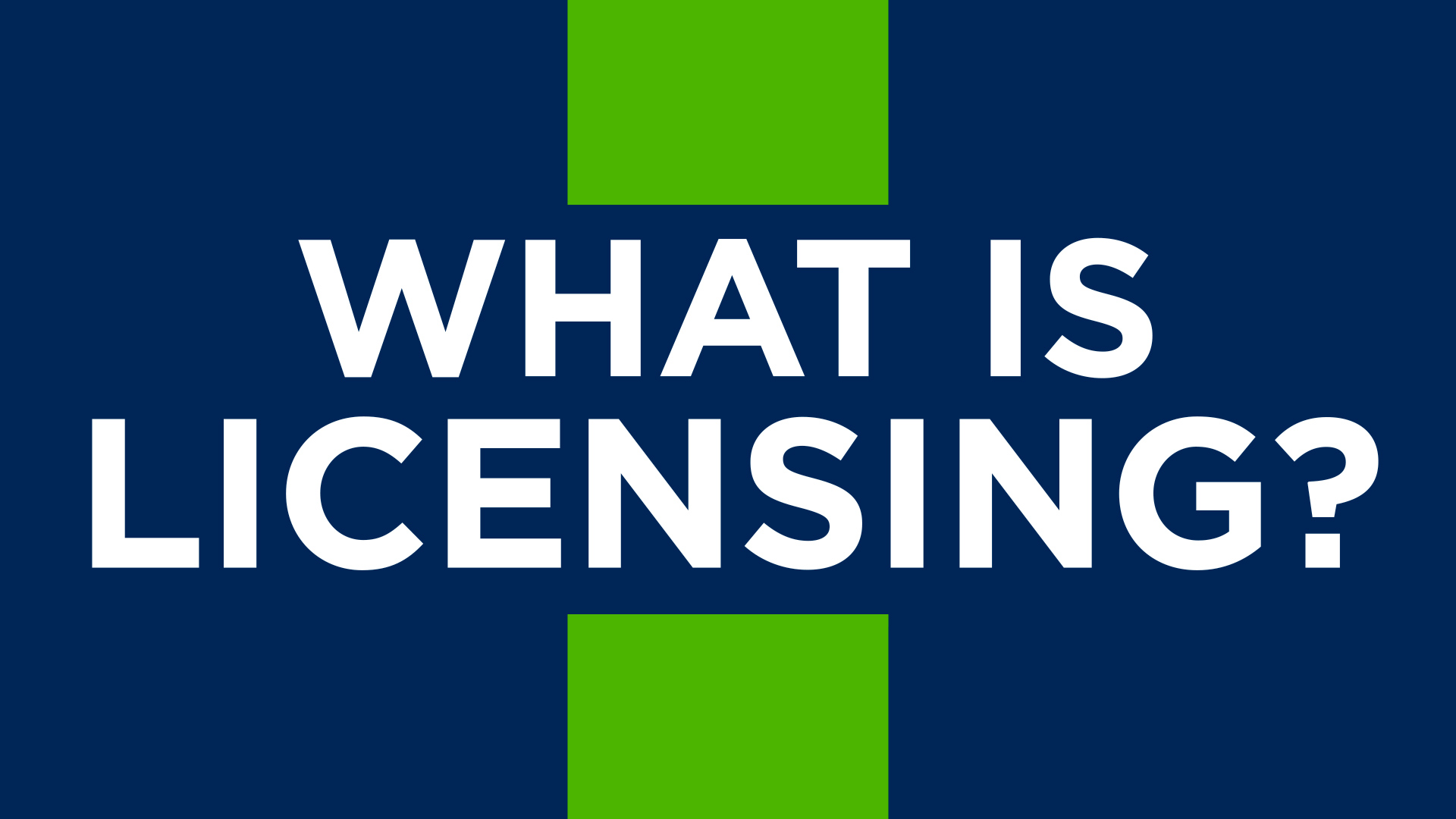What Do You Need to Know About Licensing?

Licensing is a crucial step required to practice veterinary medicine—and it doesn't happen automatically when you graduate from veterinary school or when you pass the NAVLE (North American Veterinary Licensing Exam). The good news: understanding the licensing process is easier than you might think, Here's the basic information you need to understand the process and get started.
Licensing 101
What licensing is—and isn't
Licensing is official permission to practice veterinary medicine in your state or other jurisdiction (e.g., Canadian province, Puerto Rico, District of Columbia). It's overseen by the veterinary board in the location where you want to practice. Without licensing, you can't legally practice as a veterinarian.
Here are a few important facts to keep in mind about licensing:
- It's state-specific. If you want to practice in multiple states, you'll need separate licenses from each of those states.
- It expires, so it needs to be renewed regularly. The timeframe for renewals varies by state, so this is something you'll want to check on with the veterinary board.
- It's not the same as USDA (U.S. Department of Agriculture) accreditation, which is an optional step that enables you to provide additional services such as health certificates to your patients. In fact, you must be licensed in your state(s) before you can apply for USDA accreditation separately.
How to get licensed
As soon as you determine where you're going to practice after graduation, start looking into getting licensed—because the process can take several weeks to several months. The requirements vary for each state and territory, so you need to start with the veterinary board website for your location (look them all up here). The website will explain the specific process for getting the license you need.